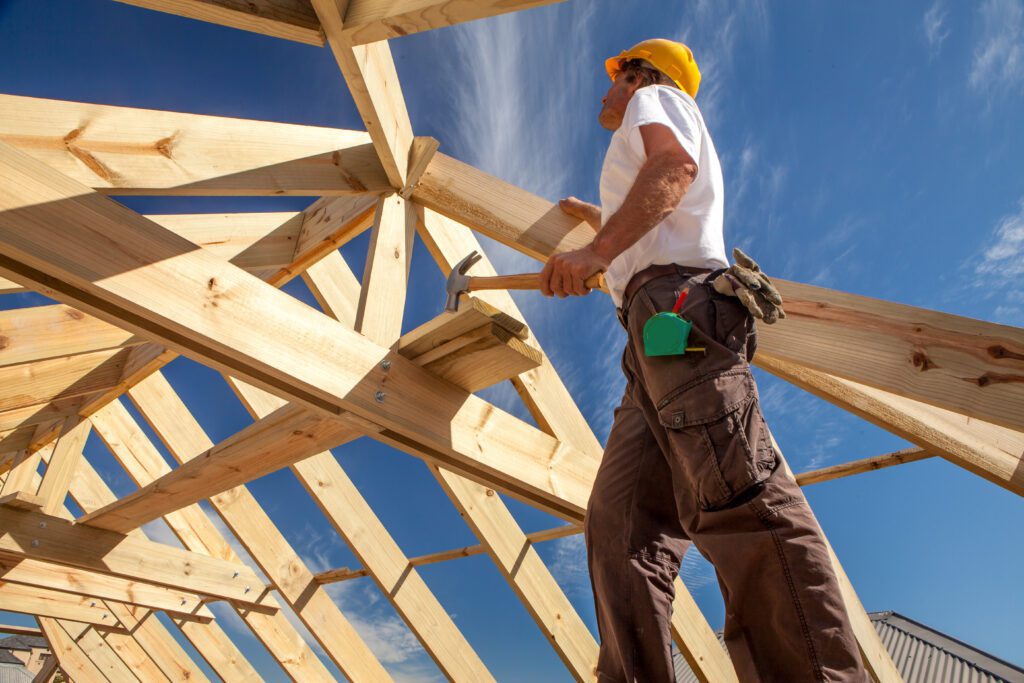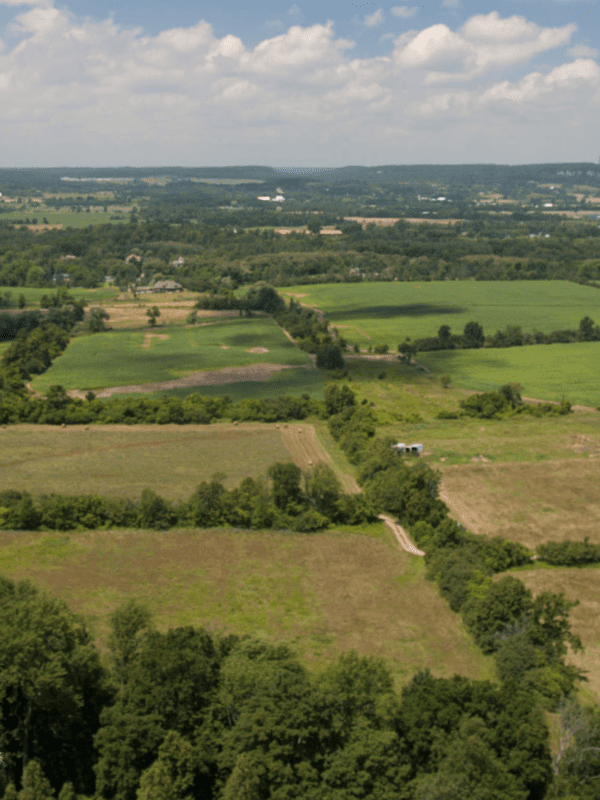Statement from Phil Pothen, Land Use and Land Development program manager, in response to Ontario’s Provincial Planning Statement
Toronto | Traditional territories of the Mississaugas of the Credit, the Anishinaabeg, the Haudenosaunee, and the Wendat – The Ontario government’s repeal of the Growth Plan for the Greater Golden Horseshoe may be a death sentence for the province’s best farmland and many endangered species, and it also ends any real hope of fixing the housing shortage.
Ontario’s government has known for years that shifting construction away from wasteful “greenfield” sprawl, and focusing it on denser, more labour-efficient housing types on existing residential streets, is the only way to deliver “more homes” fast enough to solve a crushing housing shortage.
Unfortunately, Ontario has done the opposite. Rather than making that shift by removing exclusionary anti-density zoning and maximizing the number of homes that can be built on each piece of “greenfield” land designated for development (350km2 in the GTHA alone), the Ontario government has chosen to remove even the existing provincial measures to promote efficient use of scarce construction labour, equipment and servicing.
By repealing the Growth Plan, the government has:
- Eliminated the requirement that municipalities zone to house at least 50 homes and workers on each hectare of “greenfield” farmland or natural habitat approved for destruction. The current government had previously reduced the number from 80 people to 50 people.
- Removed the requirement that suburban municipalities legalize enough infill housing to accommodate half of their expected population growth within existing neighbourhoods and built up areas.
- Made it even harder for towns and cities to plan their housing within their existing neighbourhoods by effectively removing settlement boundaries and allowing individual sprawl developers to demand their greenfield sprawl development be prioritized instead.
Allowing even more “greenfield” land to be designated for development cannot help increase housing supply because the quantity of land available is not the issue. In the inner GTA and Hamilton alone there are roughly 590km2 of unbuilt “greenfield” land. Even the region’s pre-2022 land supply was far beyond what would be needed to meet housing and employment needs. The 350km2 of “greenfield” land designated before 2022 was enough for 2.5 million new homes, while the GTHA’s existing low-density neighbourhoods require roughly 10 million new residents just to achieve environmentally-friendly population densities.
For the most part, Ontario’s remaining high quality farmland and critical habitats for endangered wildlife are concentrated in the same narrow southern sliver of land where the province’s fastest-growing cities and suburbs are located. However, only a very small share of the land needed to support agriculture and protect those species currently enjoys Greenbelt protection.
Today’s statement from Minister Sylvia Jones suggests that harm caused by the government’s attack on smart growth will be amplified through the use of public dollars to subsidize low-density greenfield sprawl. Thanks to long-standing constraints on Ontario’s construction capacity, every low-density home that gets built outside existing built up areas in low density formats will come at the expense of a larger number of lower-cost homes in existing neighborhoods.
ABOUT ENVIRONMENTAL DEFENCE (environmentaldefence.ca): Environmental Defence is a leading Canadian environmental advocacy organization that works with government, industry, and individuals to defend clean water, a safe climate, and healthy communities.
– 30 –
For more information or to request an interview, please contact:
Carolyn Townend, Environmental Defence, media@environmentaldefence.ca






